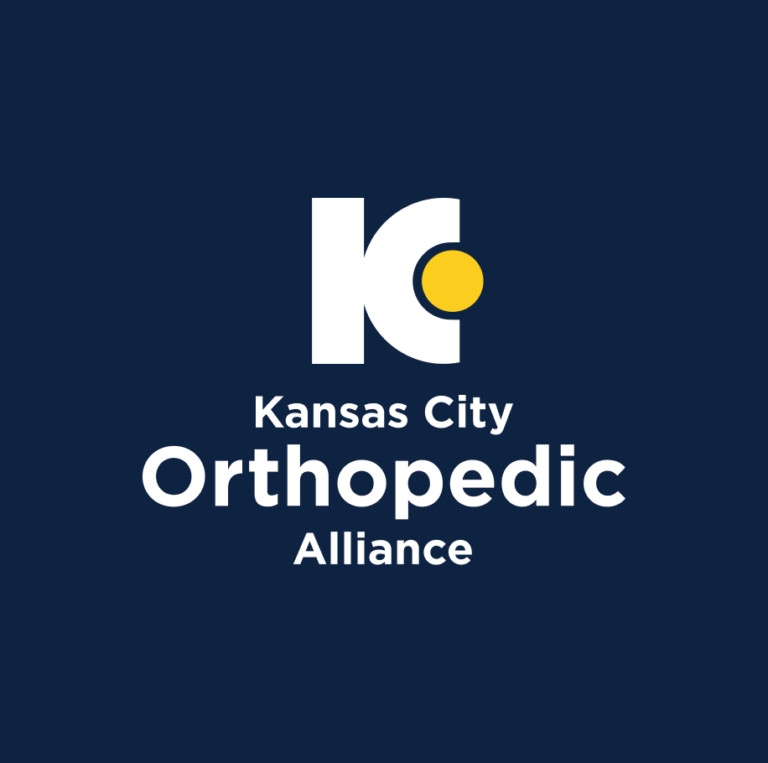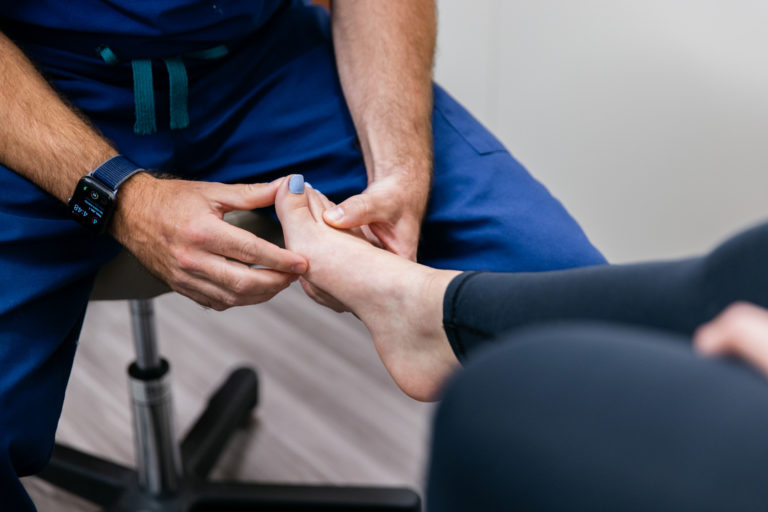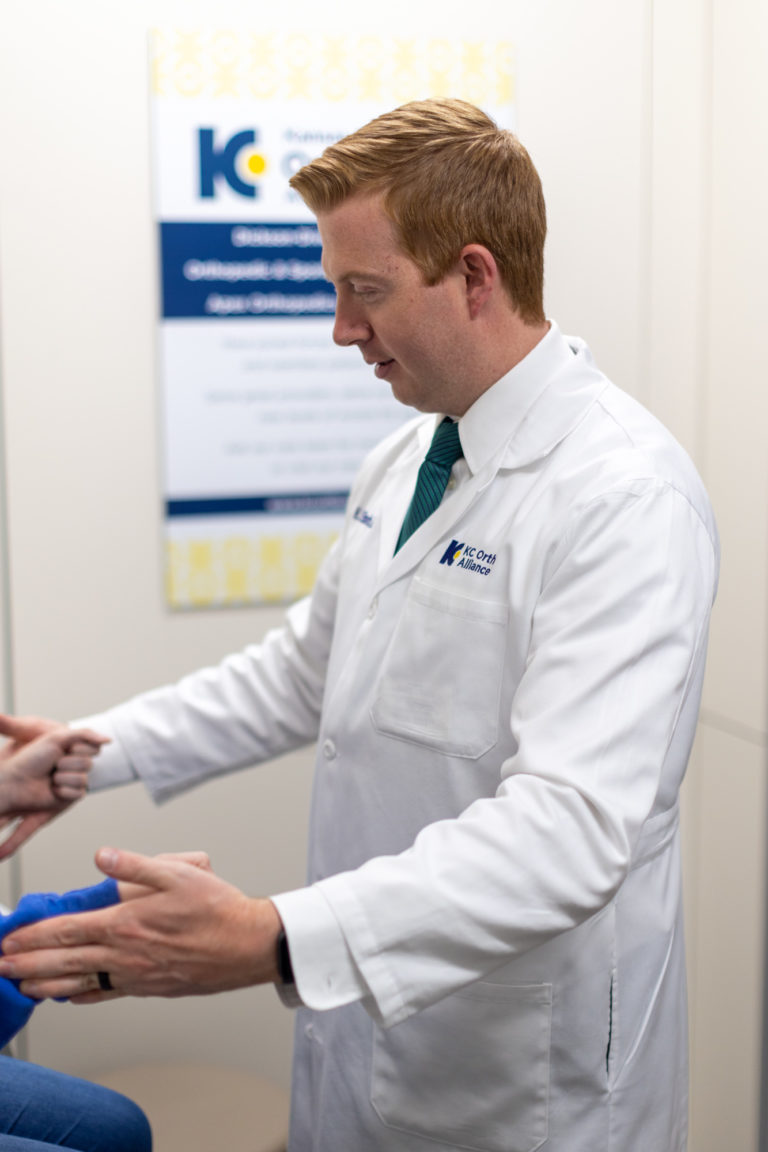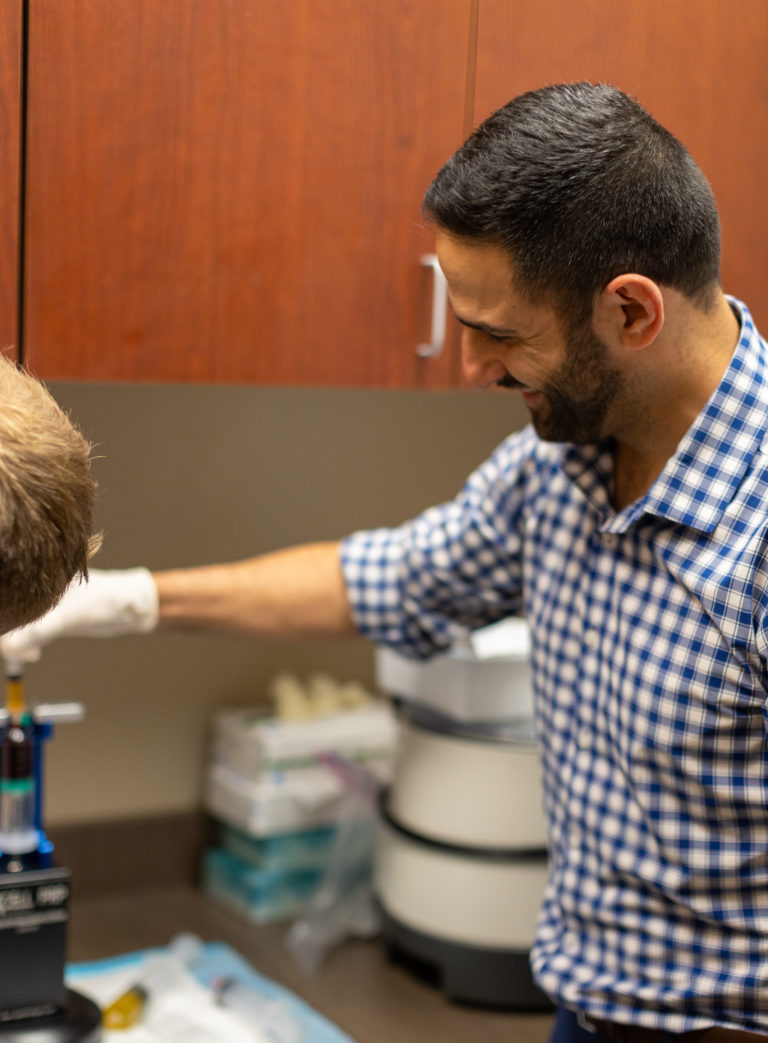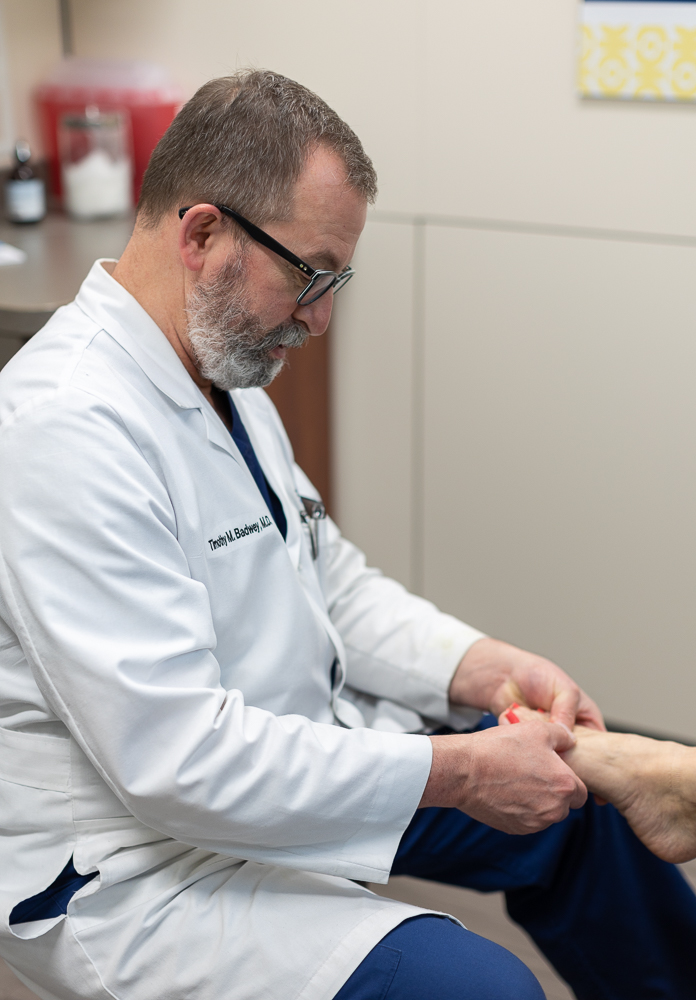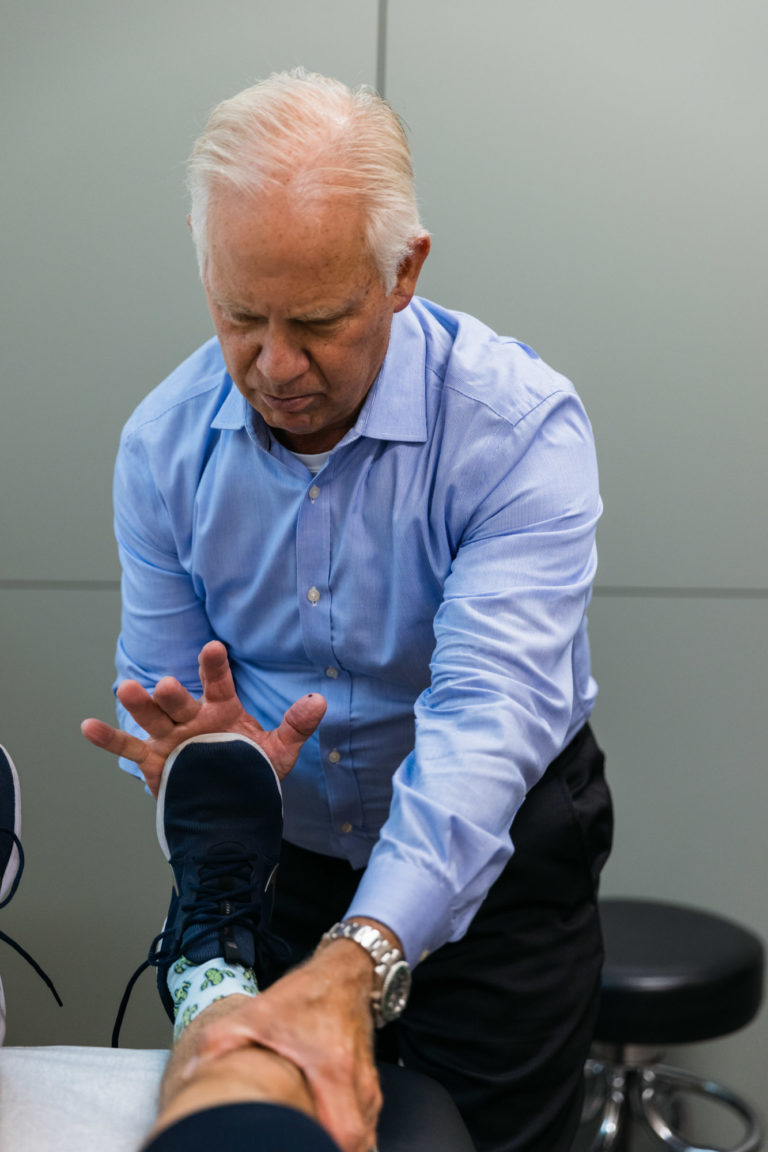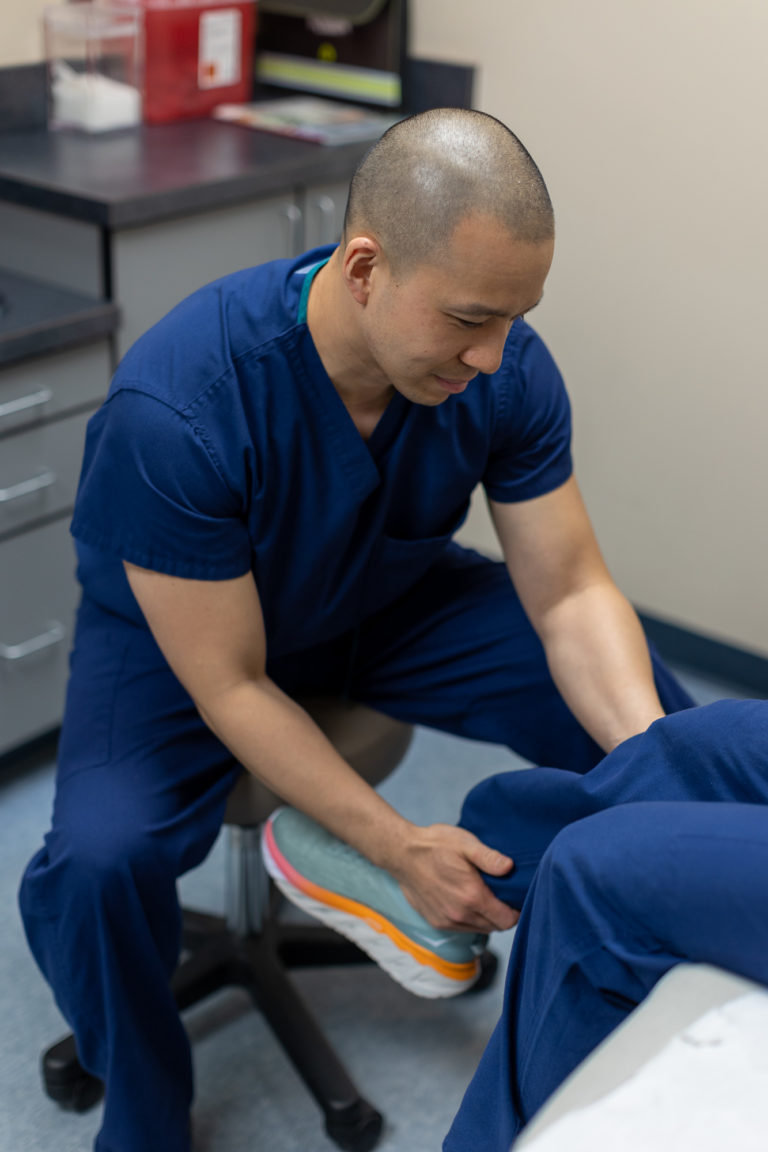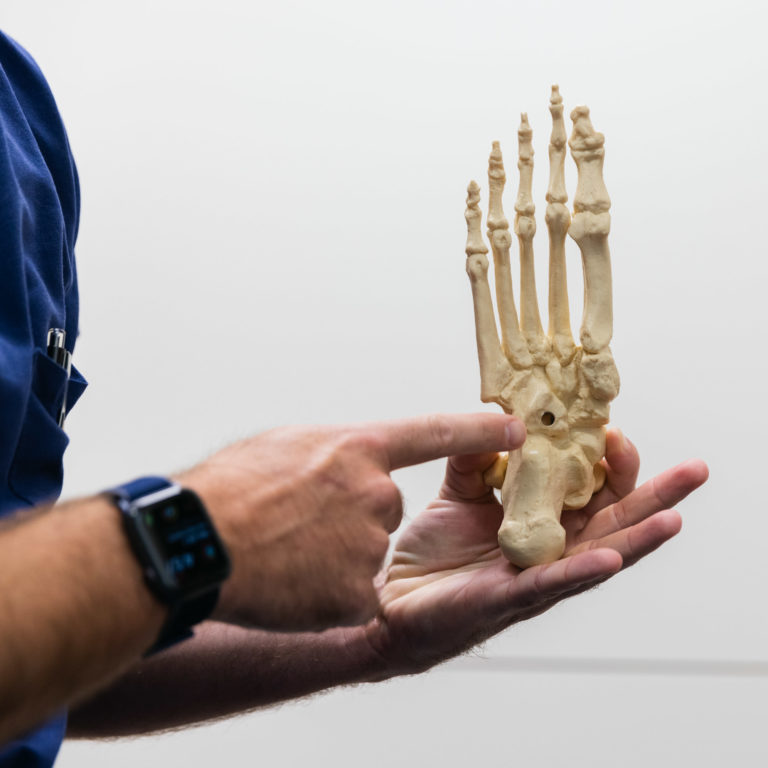Joint Fusion Procedures in Kansas City
Joint Fusion Procedures
Advanced treatment for long-term mobility and symptom relief.
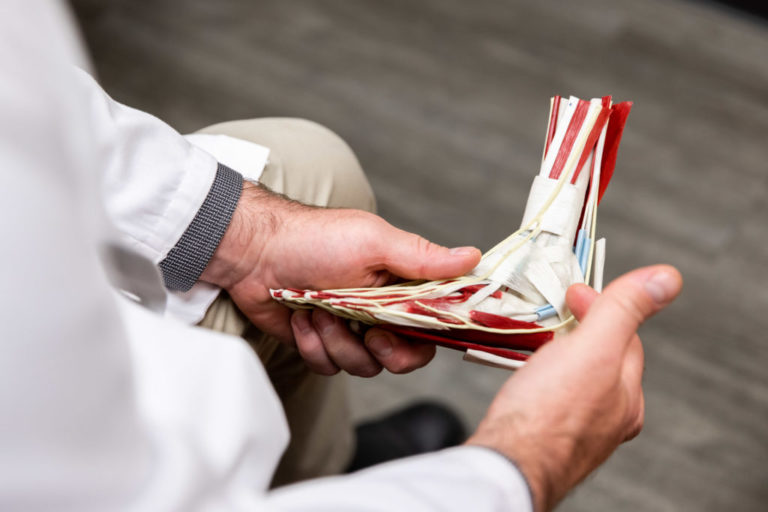
Understanding the Basics Behind Joint Fusion Procedures
What is Joint Fusion Procedures?
The care teams at Kansas City Orthopedic Alliance will always try to exhaust non-surgical measures, like physical therapy or medicinal treatment, prior to any surgical recommendations.
However, when non-surgical treatments and conservative measures (like arthroscopy) aren’t producing desired results, more invasive measures like a joint fusion are necessary.
An ankle joint fusion is a procedure that fuses two (or more) bones within the ankle to restore functionality and alleviate symptoms of arthritis or injury. It involves your surgeon compressing the bones in your ankles together and attaching them with hardware, such as screws, plates, and surgical nails. Most often, surgeons perform this procedure on patients when they can no longer perform daily functions due to osteoarthritis accumulated in the ankle over time.
Our highly-trained orthopedic foot and ankle physicians at Kansas City Orthopedic Alliance have the expertise required to treat numerous issues, both surgically and non-surgically. When you visit a specialist at KCOA, we focus on creating a treatment plan based on your specific conditions, symptoms, and recovery goals.
Choosing an ankle joint fusion procedure in Kansas City is a decision that typically involves guidance from your primary care doctor and orthopedic physician.
When you choose Kansas City Orthopedic Alliance, one of our highly-trained orthopedic foot and ankle specialists will conduct an initial evaluation to better understand your condition. After a complete review of your results, your provider will discuss whether ankle joint fusion is the best treatment option for you.
Some common signs that joint fusion procedure might be needed include:
- Severe or worsening pain
- Grinding, catching or popping
- Stiffness
- Severe Aching
- Difficulty walking, running, or jumping
- Difficulty performing daily tasks
- And more
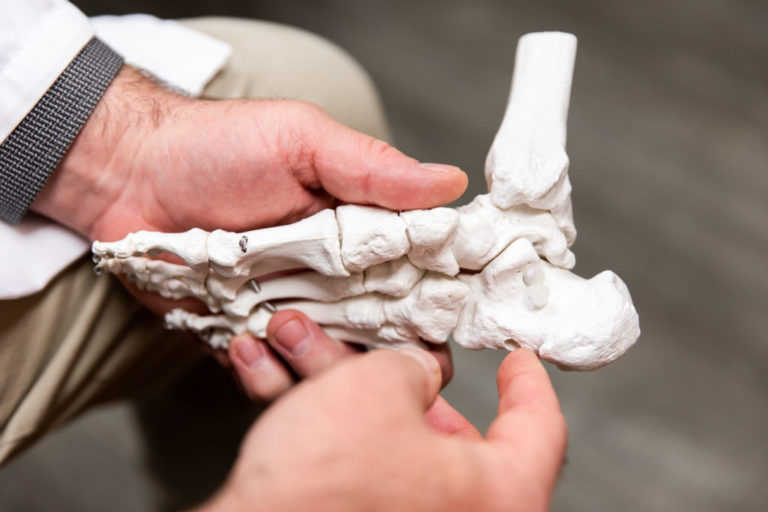
Kansas City Orthopedic Alliance Foot & Ankle Injuries Assessment
Assessing the Injury
Determining the proper ankle treatment process starts with an assessment from one of our experienced providers.
You can think of foot and ankle pain as a spectrum, with some instances being more severe than others. The KCOA orthopedic specialists always focus on each individual patient and their concerns before creating a treatment plan.
Therefore, during your initial appointment, we will often ask questions such as:
The answers to these questions help shape the next steps of the assessment process and guide our physical examination. After a proper assessment, we often begin with a physical examination to help determine the origin point of your pain. In some cases, advanced testing may be required for a full diagnosis.
- Does your pain currently limit you or your activities?
- Does walking or putting weight through your foot increase your symptoms?
- Has your pain progressed or worsened recently?
- Have you experienced any tingling or numbness in your foot that makes tasks difficult?
- Did you notice or hear a popping sound at the time of your injury?
- Have you noticed any change in your symptoms that has made it more challenging to function?
- What are your lifestyle goals?
- How has pain affected those goals?
Examination
X-Ray
Also called radiographs, an X-ray captures a picture of the ankle, heel, or lower leg. Orthopedic physicians may order an X-ray to rule out the possibility of a fracture (broken bone), osteoarthritis, or other bone-related conditions.
Magnetic Resonance Imaging (MRI)
MRI captures images of muscles, bones, intervertebral discs, and tendons to help provide information other tests can’t detail. During an MRI, you will lie on a table that slides into a tube-shaped scanner. The machine creates a magnetic field around you, using pulsed radio waves to form the MRI images.
CT Scan
A computerized tomography (CT) scan can provide a series of X-ray images taken from the ankle, showing the bones, blood vessels, and soft tissue in your body. A CT scan ultimately provides more detailed information than a regular X-Ray.
Symptoms
Common Signs and Symptoms of Foot & Ankle Injuries
With so many different parts working together in your feet and ankles, there are many potential causes of pain. And each of those causes has a unique set of symptoms.
Ankle injuries vary in their severity, ranging from smaller sprains and strains to a complete fracture. This can make walking and performing other normal daily tasks a very challenging feat. When a patient visits one of our KCOA offices, a skilled orthopedic specialist will ask you questions regarding your symptoms, what aggravates/alleviates your symptoms, and whether you have attempted prior therapies.
Next comes a thorough physical exam. We will then review any images you bring with you and/or take new images. After determining the cause of your pain, we can discuss what treatment will best meet your needs (or if ankle fusion is the solution for you).
causes
What causes foot & ankle injuries?
The body has different kinds of joints, and they all face different challenges. The foot and ankle combine for a complex region of the body, totaling 26 bones and 33 small joints that experience daily wear and tear. Soft tissue protects the joints and bones and is made up of muscles, tendons, ligaments, nerves, and blood vessels.
With all of these different bones in your feet and ankles, injuries and degenerative joint issues become relatively common. As the years go on, many people struggle with the effects of years of repeated movements, such as walking, running, or jumping. Arthritis stemming from previous injuries can also play a factor, causing ankle fusions to be the best option for treatment.
Treatment Alternatives
Generally, surgery is not the first choice for treatment at Kansas City Orthopedic Alliance. Only after we’ve explored and exhausted every potential non-invasive option will our physicians recommend a surgical procedure, such as an ankle arthroscopy.
Physical Therapy
Movement can actually reduce pain and encourage healing in the ankle, as movement increases circulation and supplies other nutrients that support joint health and function. Stretching and flexibility exercises, strengthening exercises, deep tissue massages, and heat cryotherapy are particularly helpful.
Medications
Your doctor may recommend over-the-counter NSAIDs (Non-steroidal anti-inflammatory drugs, such as Advil) or prescription medications. Especially with NSAIDs, you should always talk to your doctor to ensure they are the right treatment for you.
Immobilization
Providing stability to a joint that may be experiencing degenerative changes or is ‘loose’ due to injury can be effective in improving a patient’s function. In some instances a brace prescribed by one of our expert providers can make a huge difference. Immobilizing the joint for a period of time using casts, braces or walking boots may also calm inflammation that is making the area painful.
Kansas City Orthopedic Alliance is here to help.
Our care is personal. Our team is knowledgeable. And we’re more available than ever.
With access to board-certified specialists across Kansas City, we have the tools to meet almost every musculoskeletal condition.
Our Locations
Overland Park, Kansas
10777 Nall Ave Suite 300 Overland Park, KS 66211Leawood, Kansas
3651 College Blvd. Leawood, KS 66211Kansas City, Missouri
Saint Luke's Medical Plaza #1 4320 Wornall Rd., Ste. 610 Kansas City, MO 64111Belton, Missouri
Belton Regional Campus 17067 S Outer Rd #301 Belton, MO 64012Blue Springs, Missouri
St. Mary’s Medical Center, Main Entrance 203 NW R.D. Mize Road, Suite 200 Blue Springs, MO 64014Shawnee Mission, Kansas
7450 Kessler St ste. 140 Merriam, KS 66204Prairie Star (Lenexa, Kansas)
Prairie Star 23401 Prairie Star PkwyBldg. B, Ste. 220 Lenexa, KS 66227
